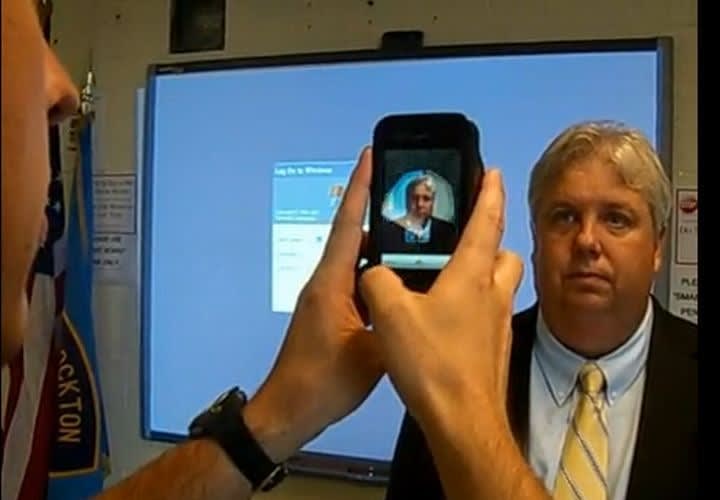The phone would then use that data to search a regional database for a match. It would allow officers to verify a suspect's identification and perhaps avoid dragging them back to the station.
As you may guess, the American Civil Liberties Union of Massachusetts has questions about this initiative.
"What kind of pictures will be in this database? Is it the RMV photos? Is it the photos of the prisoners when they are booked? What exactly will this database be?" Laura Rotolo, the ACLU's staff attorney, told
EnterpriseNews.com
. "We are concerned that they are going to be taking pictures of innocent civilians."
The system isn't cheap. Because the phone is heavily modified, it carries a steep price tag: $3,000. The device and software system, called
MORIS (Mobile Offender Recognition and Identification System)
, have been made available due to a grant via the Massachusetts Sheriff's Association, the Patriot Ledger reports.
The devices will be available to officers in the coming months. Iris recognition isn't available yet, but would be added in the future. Suspects would look into a binocular-type device to have their irises scanned.












